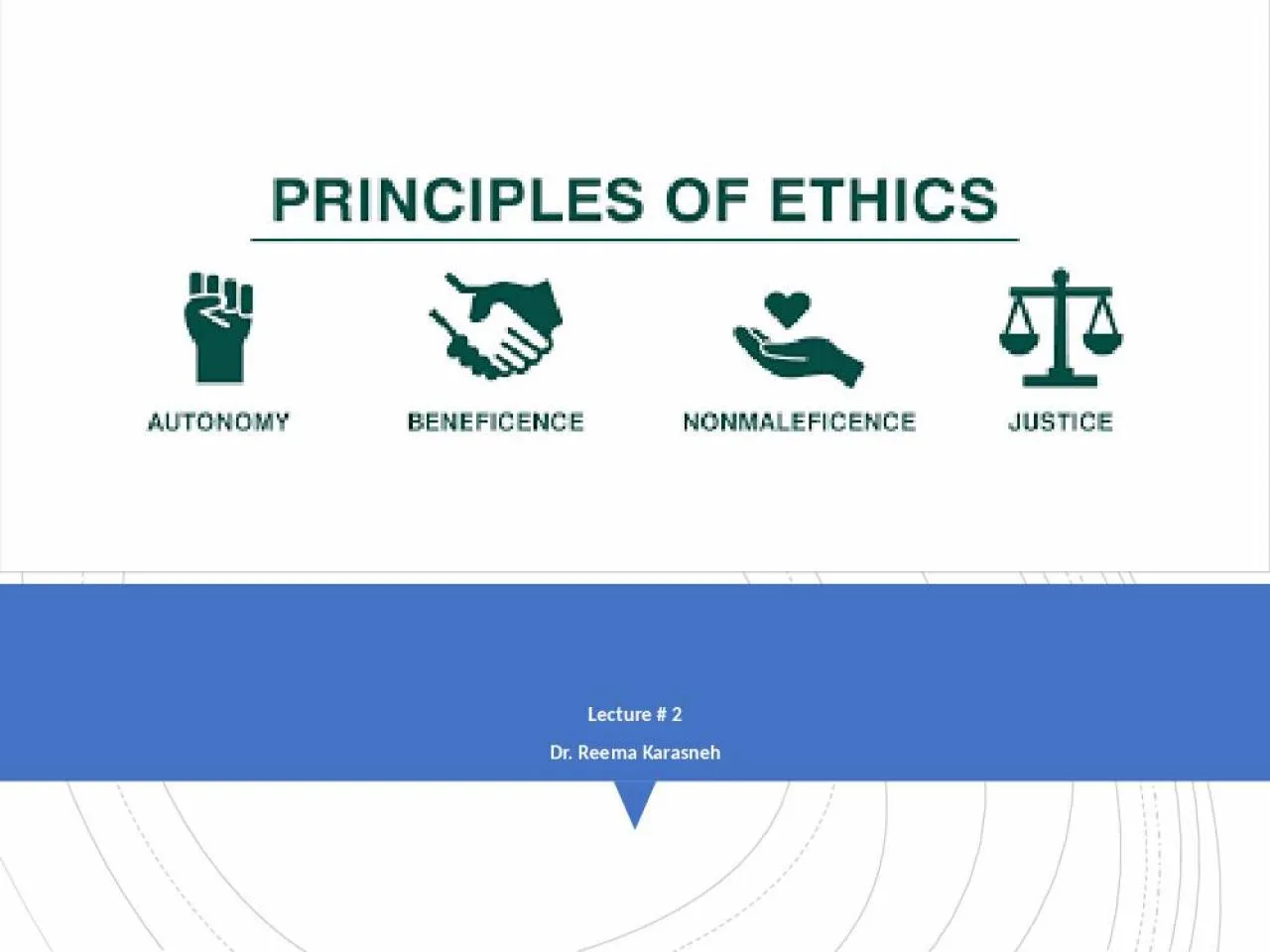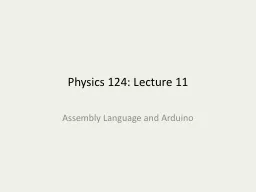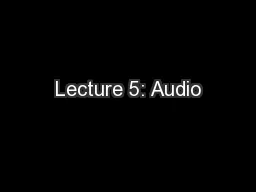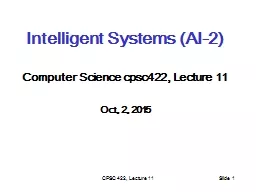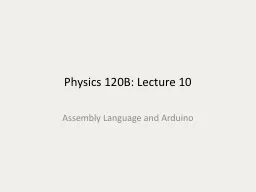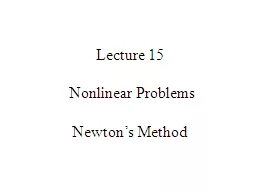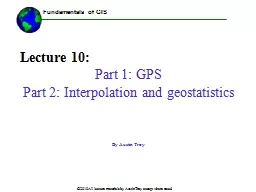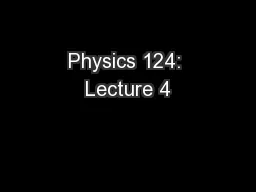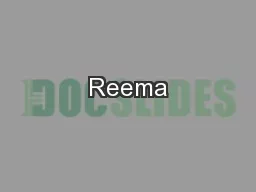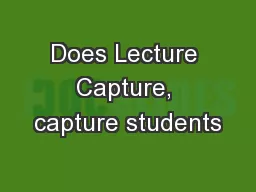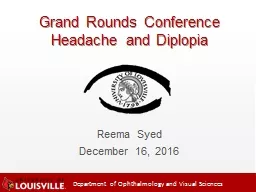PPT-Lecture # 2 Dr. Reema Karasneh
Author : lam | Published Date : 2022-02-16
Autonomy The word autonomy is derived from the Greek words auto self and nomos lawone who gives oneself ones own law The ability to think decide and act for oneself
Presentation Embed Code
Download Presentation
Download Presentation The PPT/PDF document "Lecture # 2 Dr. Reema Karasneh" is the property of its rightful owner. Permission is granted to download and print the materials on this website for personal, non-commercial use only, and to display it on your personal computer provided you do not modify the materials and that you retain all copyright notices contained in the materials. By downloading content from our website, you accept the terms of this agreement.
Lecture # 2 Dr. Reema Karasneh: Transcript
Download Rules Of Document
"Lecture # 2 Dr. Reema Karasneh"The content belongs to its owner. You may download and print it for personal use, without modification, and keep all copyright notices. By downloading, you agree to these terms.
Related Documents

